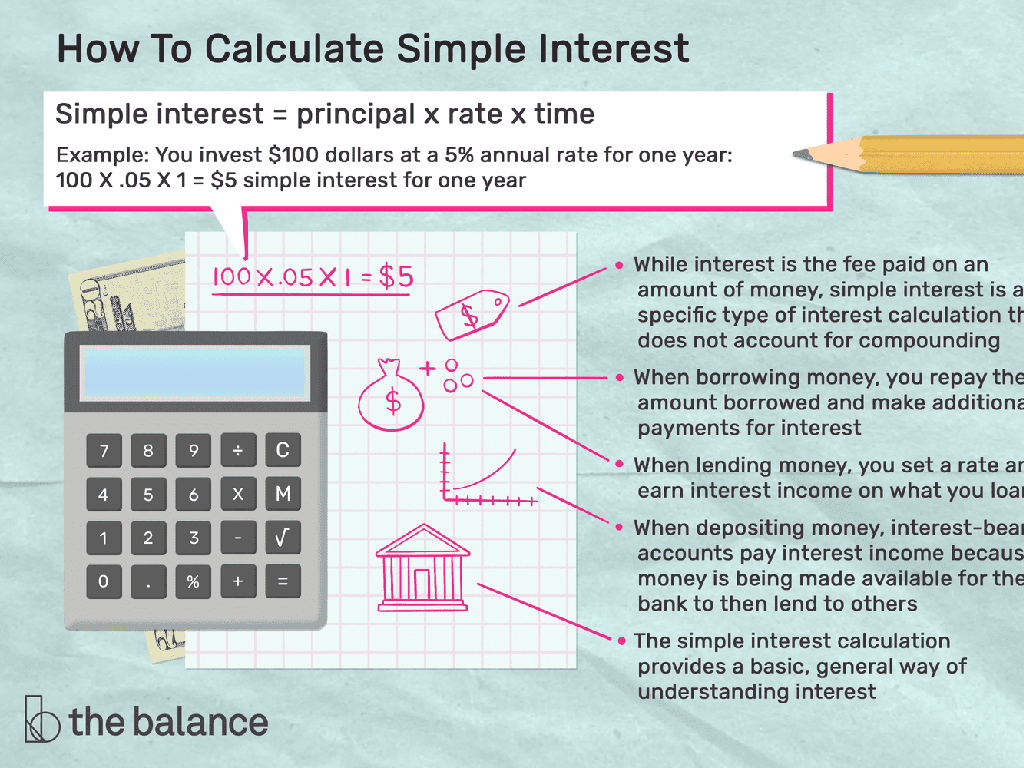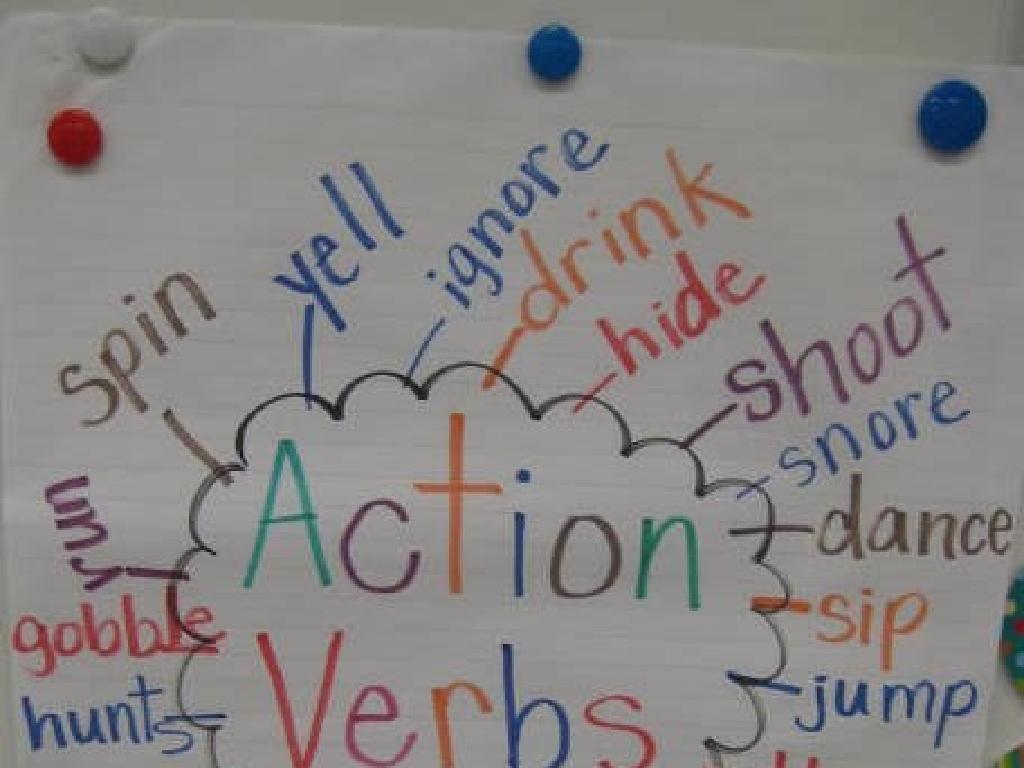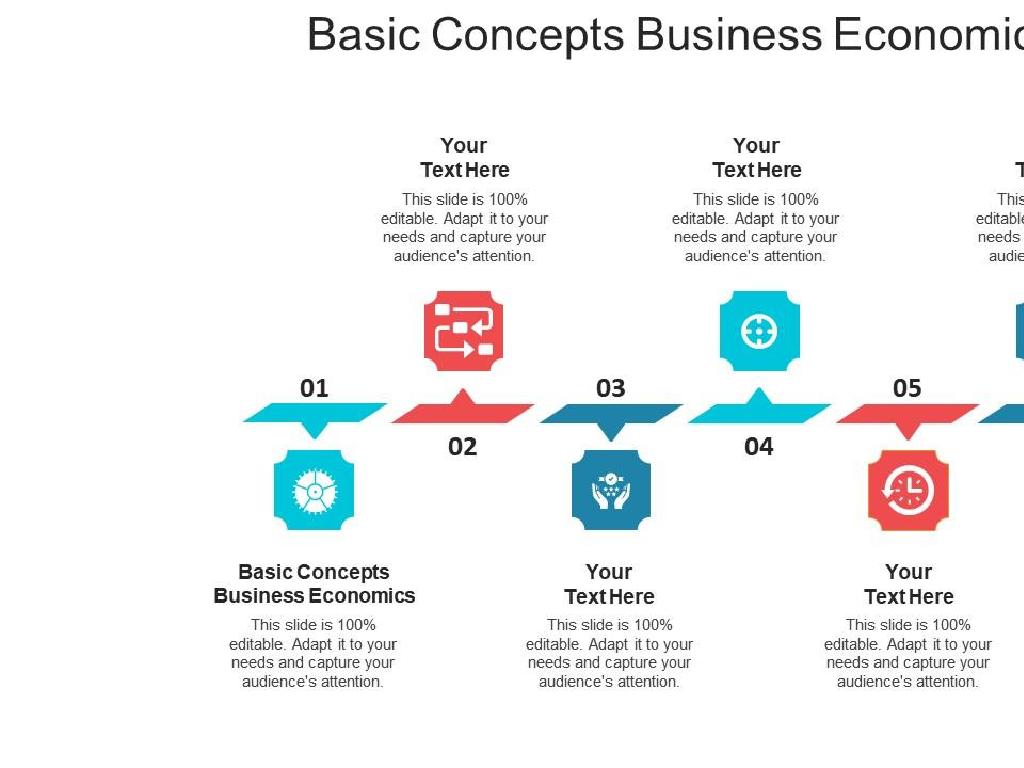Correct Errors With Frequently Confused Words
Subject: Language arts
Grade: Seventh grade
Topic: Editing And Revising
Please LOG IN to download the presentation. Access is available to registered users only.
View More Content
Mastering Frequently Confused Words
– Understanding word confusion
– Words that sound alike but have different meanings can be tricky.
– Examples of confused words
– Their/There/They’re, To/Too/Two, and Your/You’re are common mix-ups.
– Strategies for correct usage
– Use context to determine the right word; refer to resources like dictionaries.
– Importance of clear communication
– Using the correct words ensures our message is understood as intended.
|
Today’s lesson focuses on editing and revising, specifically targeting the correction of frequently confused words. This is crucial for clear and effective communication. Students often encounter words that sound similar but have different spellings and meanings, leading to common errors in writing. By providing examples and strategies, we can help students recognize and correct these mistakes. Emphasize the importance of context in choosing the right word and encourage the use of reference materials. Clear communication is key in all aspects of life, and mastering the use of language is an essential skill for students to develop.
Navigating Frequently Confused Words
– Understanding confused words
– Different meanings, similar sounds
– Words that sound alike but have different spellings and meanings.
– Examples: there/their/they’re
– ‘There’ indicates a place, ‘their’ shows possession, ‘they’re’ is a contraction for ‘they are’.
– Context determines correct usage
– The sentence around the word helps decide which form fits best.
|
This slide introduces students to the concept of frequently confused words, which are words that sound similar but have different meanings and uses. Emphasize the importance of context in determining the correct word to use. Provide clear examples with ‘there/their/they’re’ and ‘your/you’re’, explaining how their meanings differ despite sounding alike. Encourage students to read sentences carefully and to consider the meaning of the sentence as a whole when choosing which word to use. Practice exercises can include filling in blanks with the correct word and rewriting sentences to correct the usage.
Common Confusions: There, Their, They’re
– ‘There’ indicates a place
– Example: Look over there, by the school.
– ‘Their’ denotes possession
– Example: Their homework is due tomorrow.
– ‘They’re’ means ‘they are’
– Example: They’re meeting us at 3 PM.
– Practice distinguishing them
|
This slide aims to clarify the differences between ‘there’, ‘their’, and ‘they’re’, which are often confused in writing. ‘There’ is used to refer to a location, ‘their’ is a possessive adjective indicating ownership, and ‘they’re’ is a contraction of ‘they are’. Provide students with examples and context to understand the usage of each word. Encourage them to create sentences using these words correctly. As an activity, students can work on exercises where they fill in the blanks with the correct word or correct sentences that misuse these words. This practice will help them recognize and avoid common mistakes in their writing.
Practice Time: Correcting Confused Words
– Let’s review sentences together
– Identify the incorrect word
– Look for words that sound similar but have different meanings
– Choose the correct word to fix it
– Use context clues to determine the right word
– Share your answers with the class
|
This slide is designed for an interactive class activity focused on identifying and correcting commonly confused words. Start by explaining that many English words sound similar but have different meanings and uses. Display sentences with commonly confused words, one at a time, and ask students to identify the incorrect word. Then, have them choose the correct word based on the context of the sentence. Encourage students to explain their reasoning for their choices. This activity will help students practice their editing and revising skills, which are crucial for clear and correct writing. Possible sentences for practice could include mix-ups of there/their/they’re, your/you’re, its/it’s, and to/too/two. Make sure to provide immediate feedback and discuss why the chosen word is correct.
Your vs. You’re: Commonly Confused Words
– ‘Your’ indicates ownership
– E.g., Is that your notebook?
– ‘You’re’ means ‘you are’
– E.g., You’re going to ace the test!
– Examples of ‘your’ in sentences
– Examples of ‘you’re’ in sentences
|
This slide aims to clarify the difference between ‘your’ and ‘you’re,’ which are often confused in writing. ‘Your’ is a possessive adjective, used to show that something belongs to the person being spoken to, as in ‘Is that your notebook?’ On the other hand, ‘you’re’ is a contraction of ‘you are,’ used in sentences like ‘You’re going to ace the test!’ It’s crucial for students to understand the distinction to avoid common errors in their writing. Encourage students to create their own sentences using both words correctly and to proofread their work for these mistakes. A good tip is to replace ‘you’re’ with ‘you are’ to see if the sentence still makes sense.
Its vs. It’s: Mastering Confused Words
– ‘Its’ shows possession
– Like ‘his’ or ‘her’ for objects: The dog wagged its tail.
– ‘It’s’ means ‘it is’ or ‘it has’
– Used for contractions: It’s (it is) a sunny day.
– Example of ‘its’ in a sentence
– The bird fluffed up its feathers to stay warm.
– Example of ‘it’s’ in a sentence
– It’s (it has) been a great adventure.
|
This slide aims to clarify the difference between ‘its’ and ‘it’s’, which are often confused in writing. ‘Its’ is a possessive adjective, used to indicate ownership, similar to ‘his’ or ‘her’, but for non-gendered nouns. ‘It’s’ is a contraction that can stand for ‘it is’ or ‘it has’. Provide clear examples to illustrate the correct usage of each. Encourage students to create their own sentences using both ‘its’ and ‘it’s’ to reinforce their understanding. A good tip is to remember that if ‘it is’ or ‘it has’ doesn’t fit in the sentence, then ‘its’ is likely the correct choice.
Let’s Edit Together: Spot the Confused Words
– Review a paragraph with errors
– Identify mistakes as a class
– Discuss why they are incorrect
– Understand the context to determine the correct word usage
– Correct the errors together
– Apply our knowledge of frequently confused words to make corrections
|
This interactive slide is designed for a class activity focused on editing and revising. Present a paragraph with deliberately placed errors involving commonly confused words (e.g., their/there/they’re, your/you’re, its/it’s). The class will collaboratively identify and correct these mistakes, discussing why each word was used incorrectly. This exercise will help students understand the importance of context in choosing the correct word and reinforce their knowledge of these tricky words. As a teacher, be prepared to guide the discussion, provide explanations, and encourage participation from all students. Have a list of additional sentences ready for students who finish early or for further practice if time allows.
Class Activity: Peer Review on Confused Words
– Pair up with a classmate
– Exchange last class’s writing pieces
– Review for confused words
– Look for there/their/they’re, to/too/two, etc.
– Help correct each other’s work
– Suggest corrections and discuss
|
This activity is designed to foster collaborative learning and peer editing skills. Students will work in pairs to exchange and review each other’s previous writing assignments, focusing specifically on identifying and correcting frequently confused words such as homophones (e.g., ‘there/their/they’re’, ‘to/too/two’, ‘your/you’re’). Teachers should circulate the room to assist pairs as needed, provide guidance, and ensure that each student is both giving and receiving constructive feedback. Possible variations of the activity could include having students write down the confused words they find and their corrections, discussing why the correct word is appropriate in the context, or creating a class list of commonly confused words to reference in future writing.
Conclusion & Homework: Mastering Confused Words
– Congrats on today’s progress!
– Homework: Write a short story
– Create a narrative using new vocabulary
– Focus on correct word usage
– Use words like ‘there/their’, ‘it’s/its’, ‘you’re/your’
– Ready for next class review
– We’ll discuss and correct these stories together
|
Well done on today’s lesson on frequently confused words! As homework, students are tasked with writing a short story, paying special attention to the correct use of commonly mixed-up words. This exercise will help reinforce their understanding and provide practical application of the lesson. Encourage creativity in their storytelling while emphasizing the importance of choosing the right words. In the next class, we will review these stories as a group, which will not only help students learn from their own mistakes but also from others’. Prepare to offer guidance and praise for their efforts.






